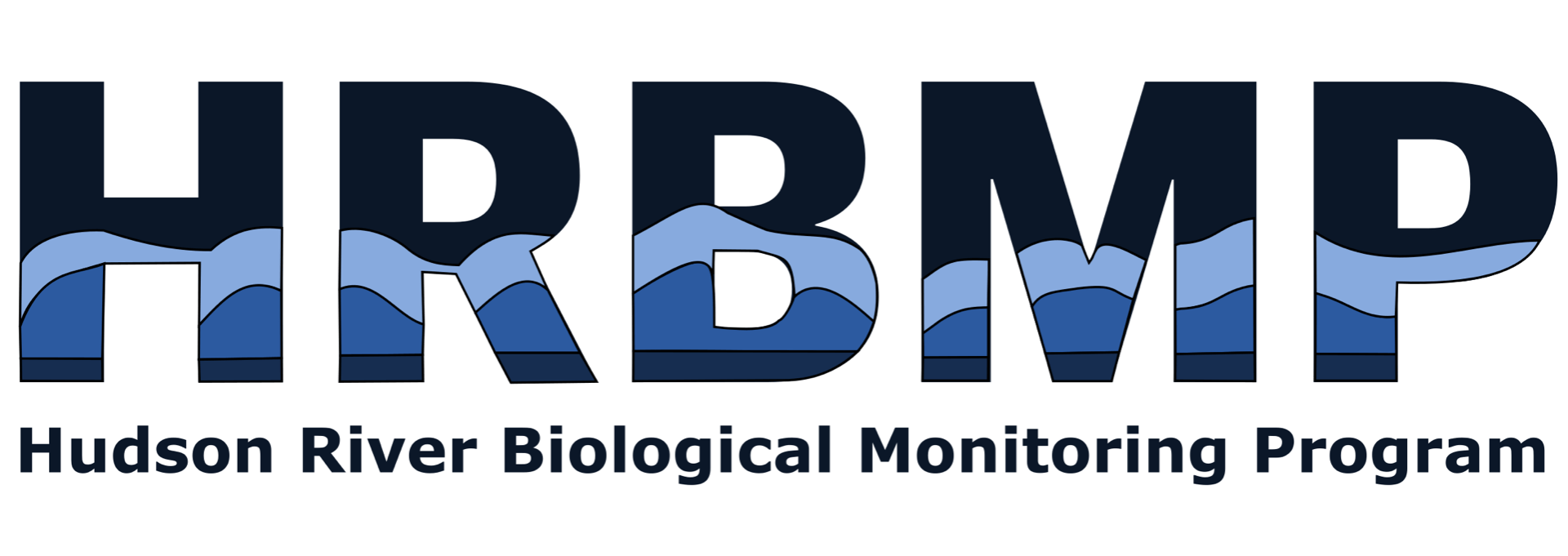Welcome to the
A research group within SoMAS at Stony Brook University
The Hudson River Biological Monitoring Program (HRBMP) is a fin fish monitoring program that completed its first series of river wide surveys in 1974. The HRBMP was created to address concerns over the potential impacts of river water drawn in by power plants for their cooling system on fish populations. One of the major plants of concern was Indian Point.

Indian Point Power Plant
The monitoring program was conducted from the Troy Dam in Albany, NY to Battery Park, NY. With the announcement of the closing of Indian Point in 2017 the monitoring program’s data and biological collection were gifted to the School of Marine and Atmospheric Science (SoMAS) at Stony Brook University, and a selected portion of the monitoring program was continued by the New York State Department of Environmental Conservation (NYSDEC). This collection represents a unique opportunity to learn more about the diverse ecology of the Hudson River as it has changed over the past 40 plus years. The map shows the extent of the survey area.
Watch
An interview with Dean Paul Shepson of SoMAS and Professor Yong Chen discussing the potential for the HRBMP.
Interview Project
The aim of the interview project was to hear directly from the community of scientists, lawyers, and activists involved in the early stages of the survey all the way through its completion in 2017. Shared are a series of shorts from those conversations that highlight the need and value of long-term monitoring. Want to see more? We have a collection of shorts on the Interviews page via the ‘History’ drop down menu. All videos are part of an interview project conducted by staff and students working on the historic HRBMP.


